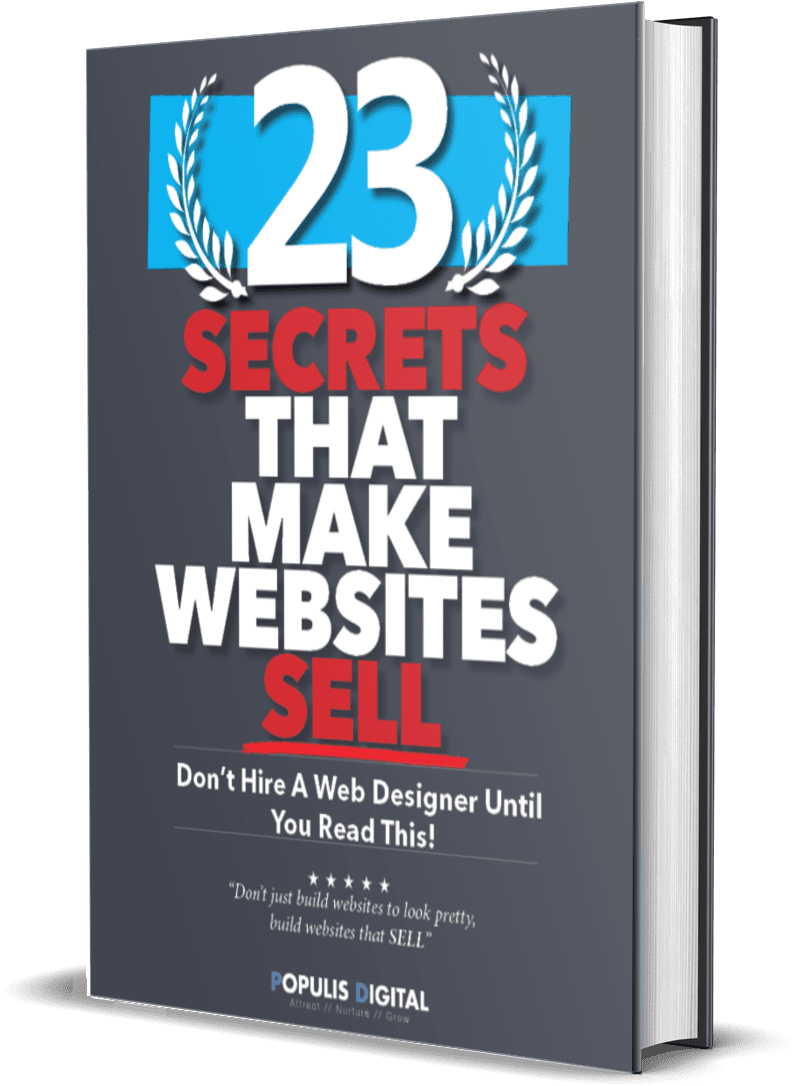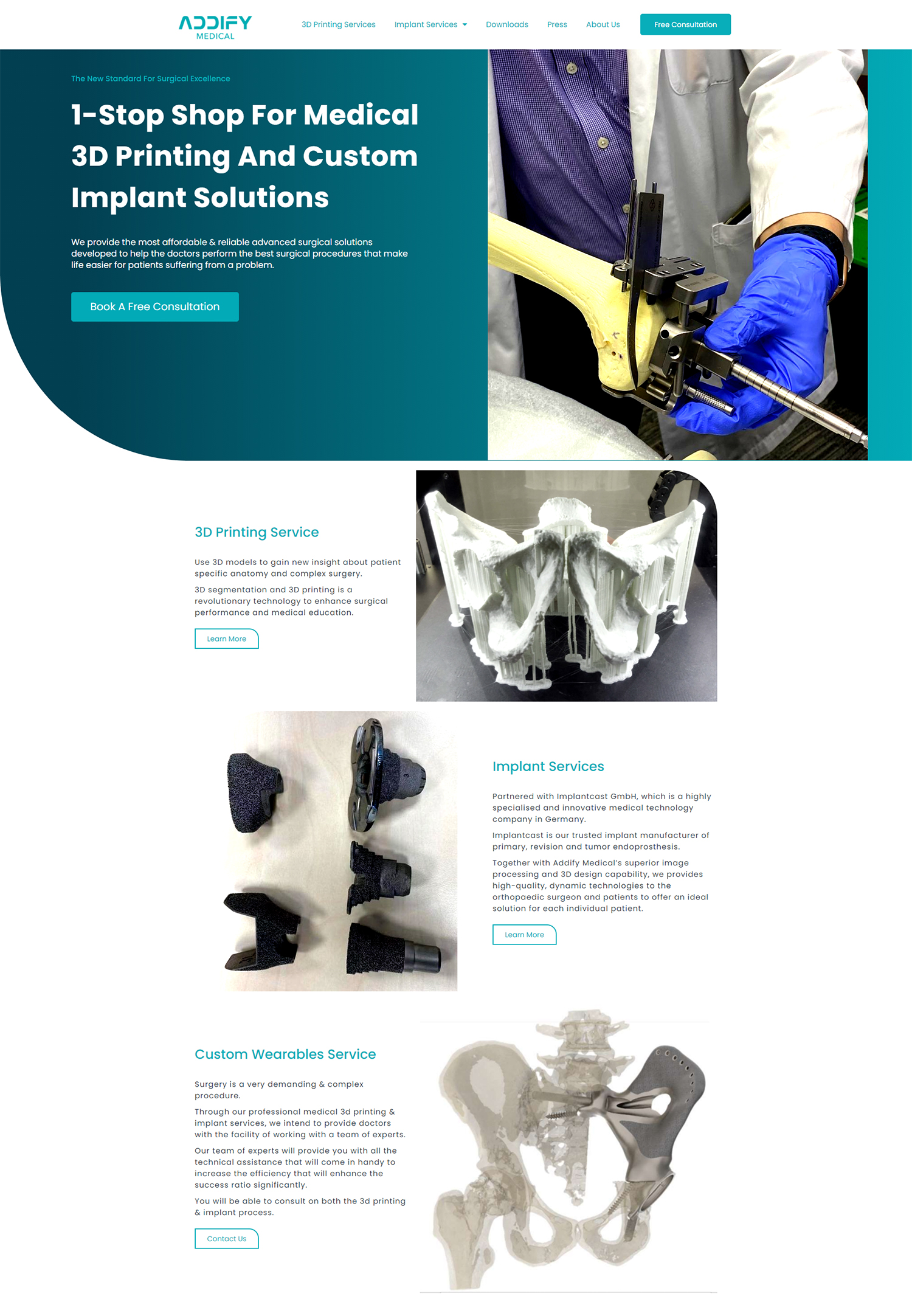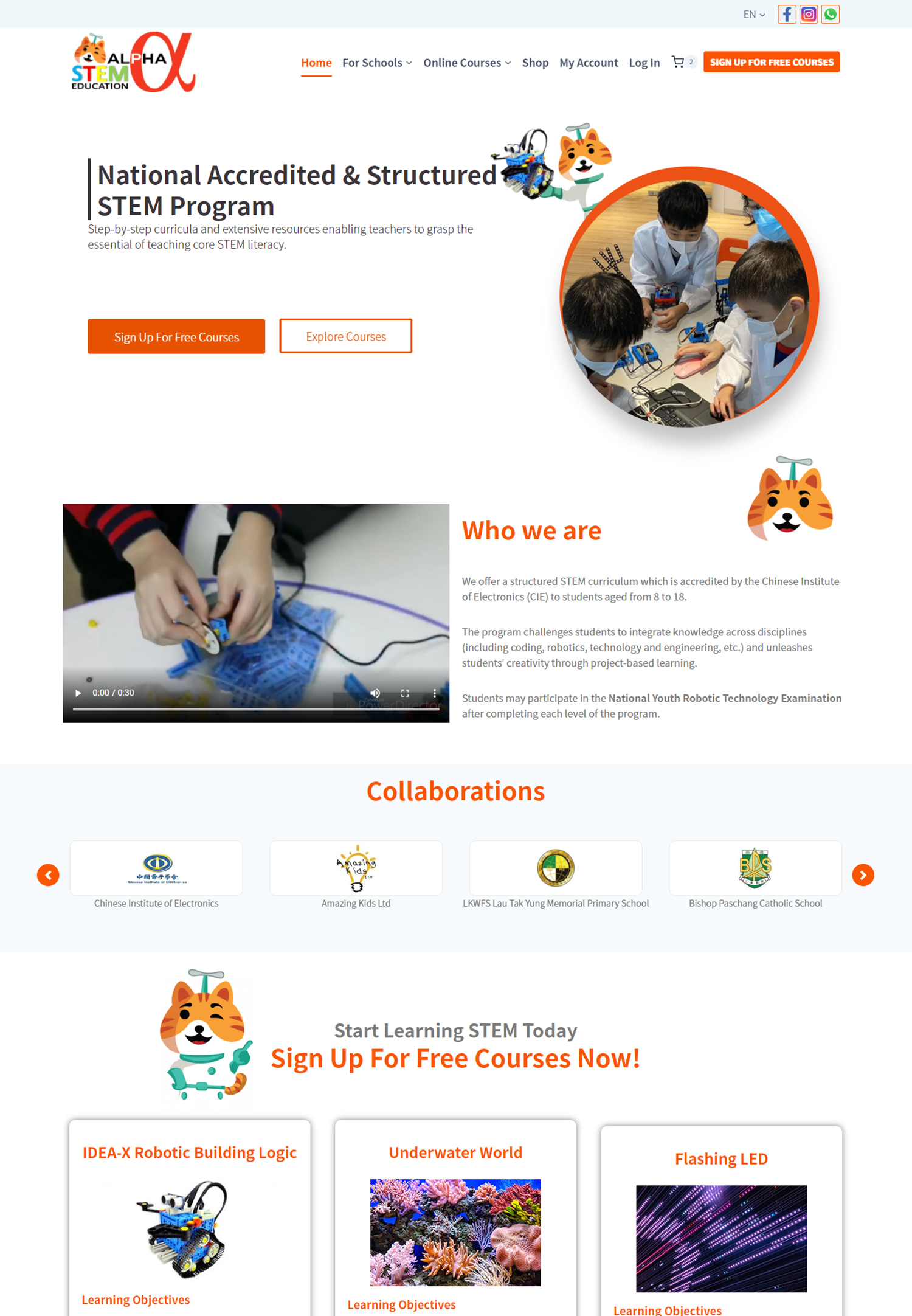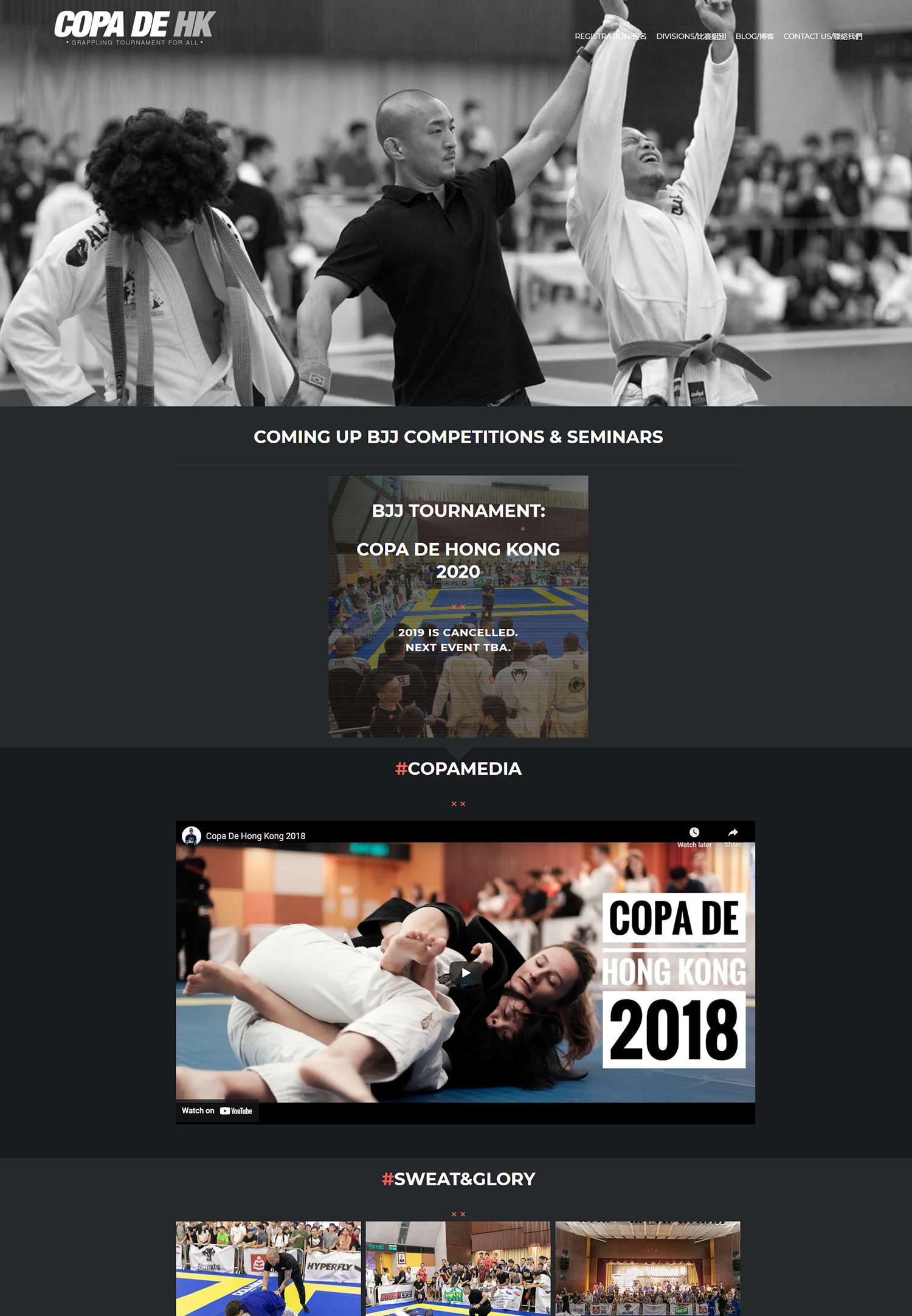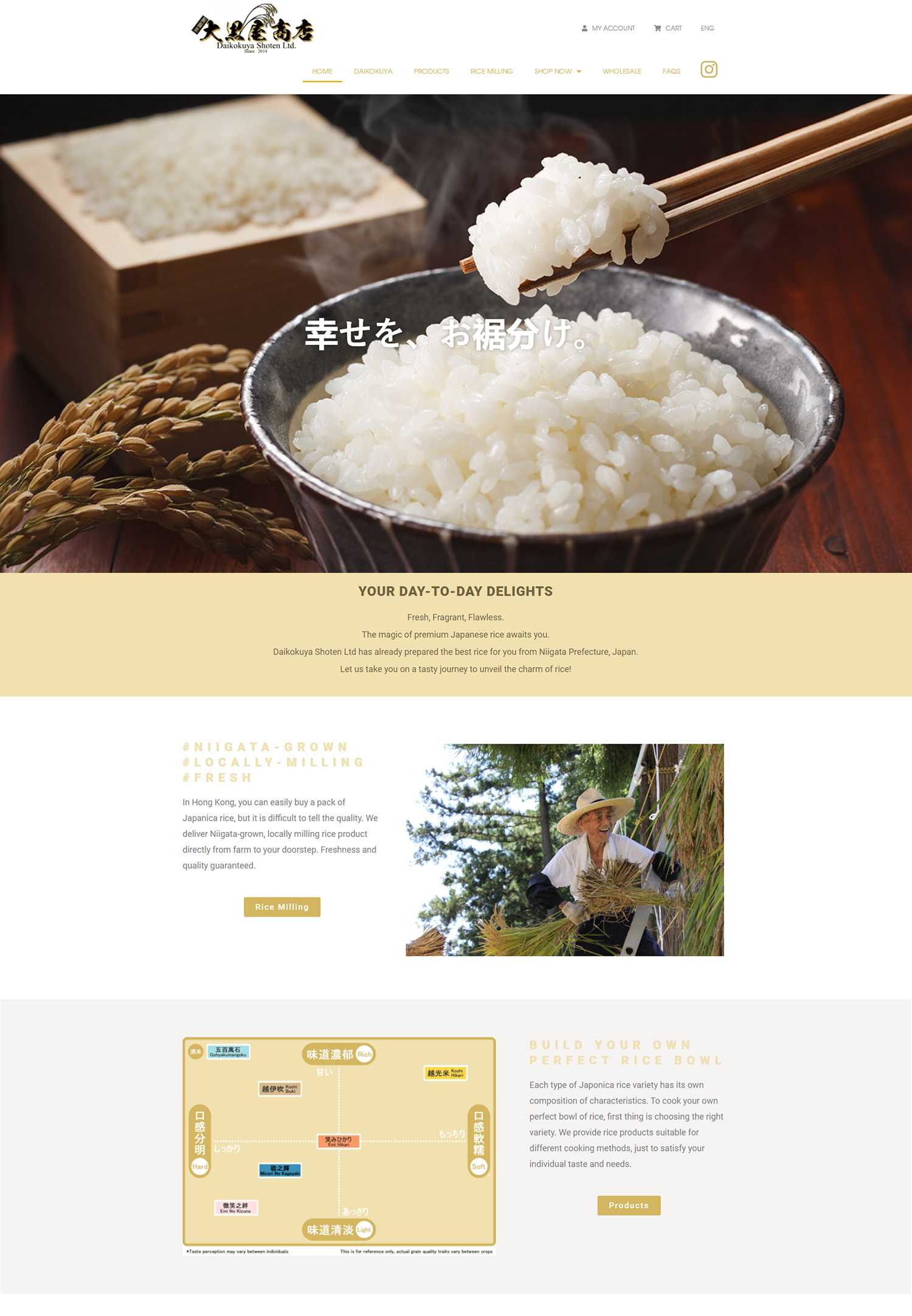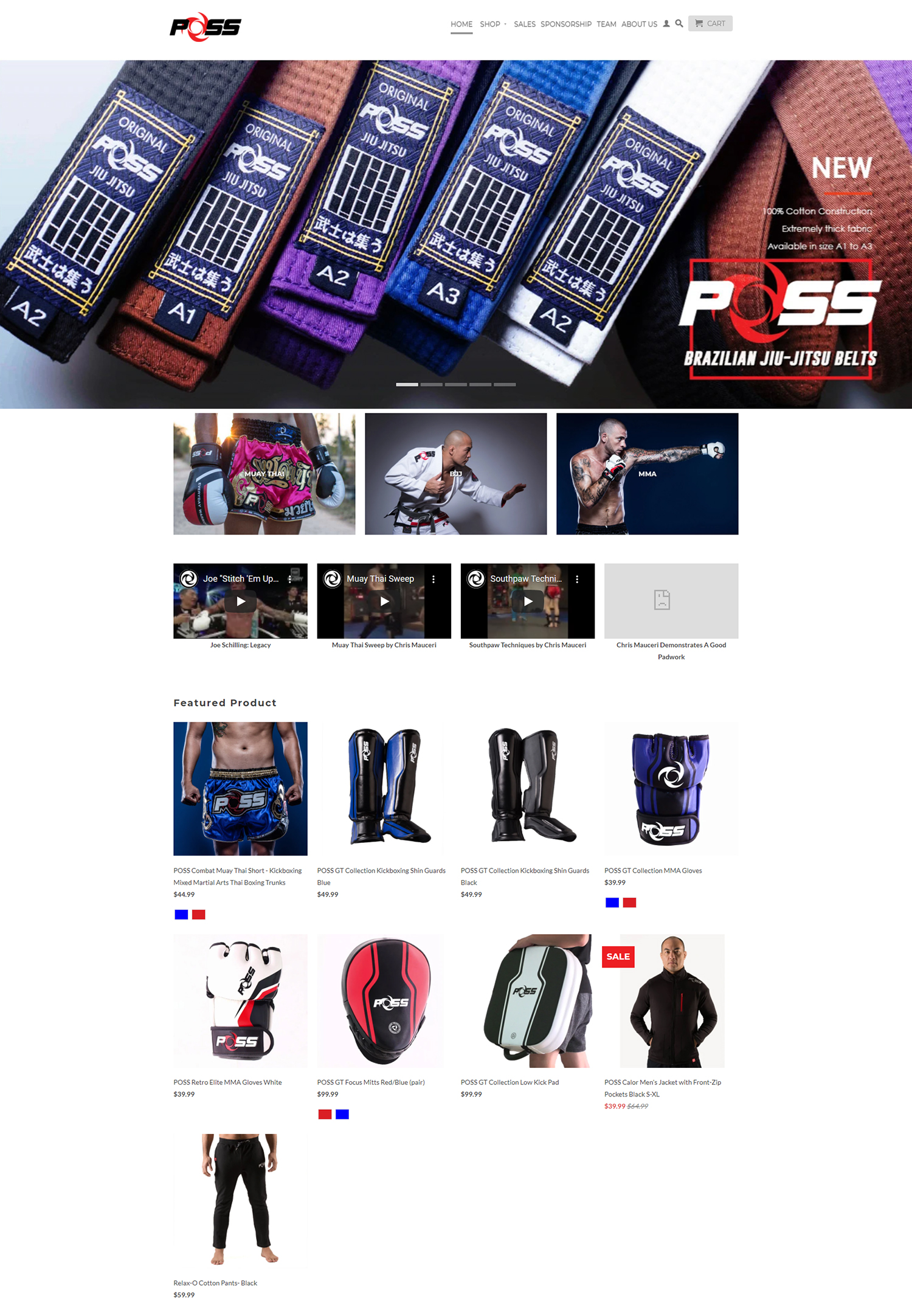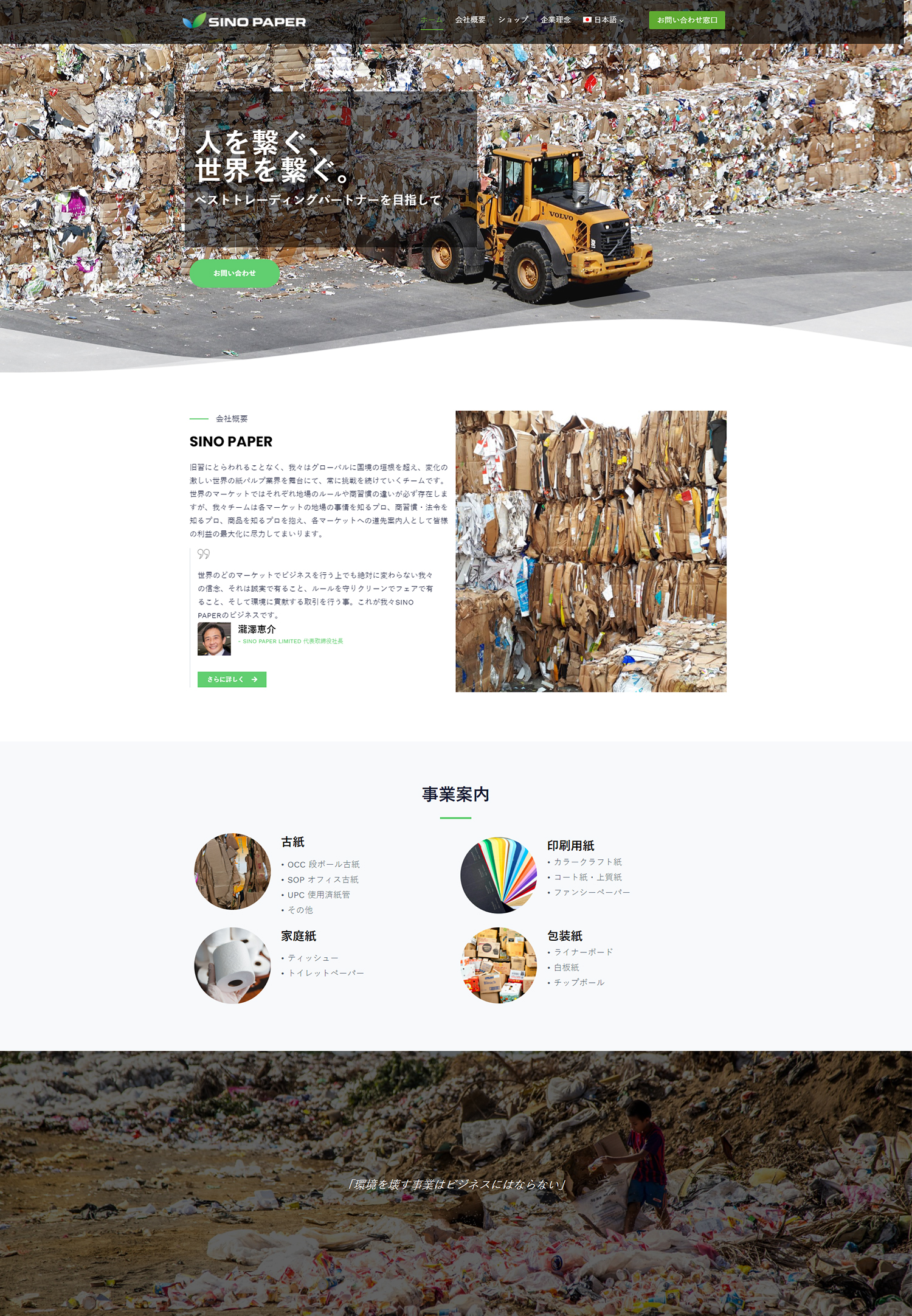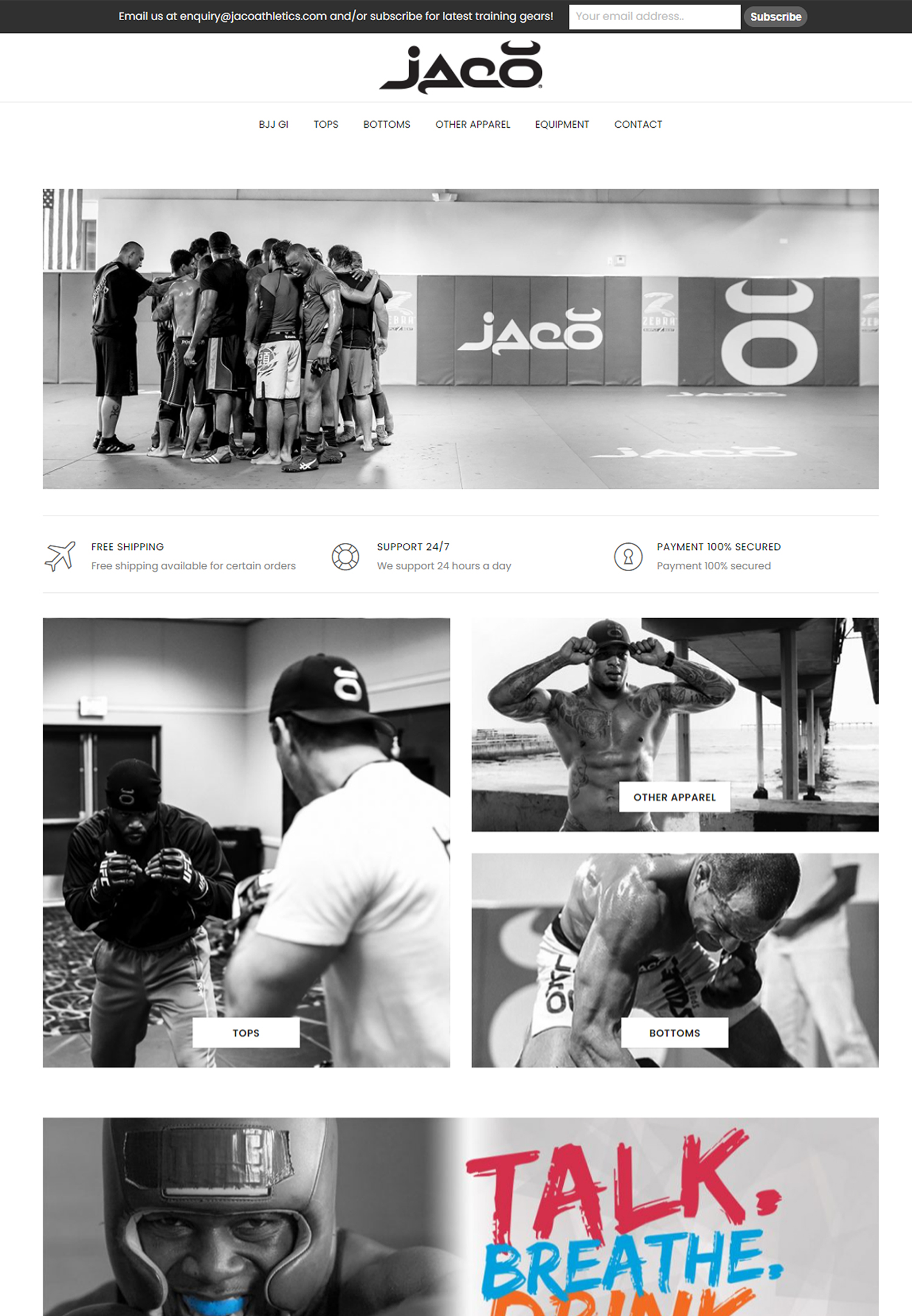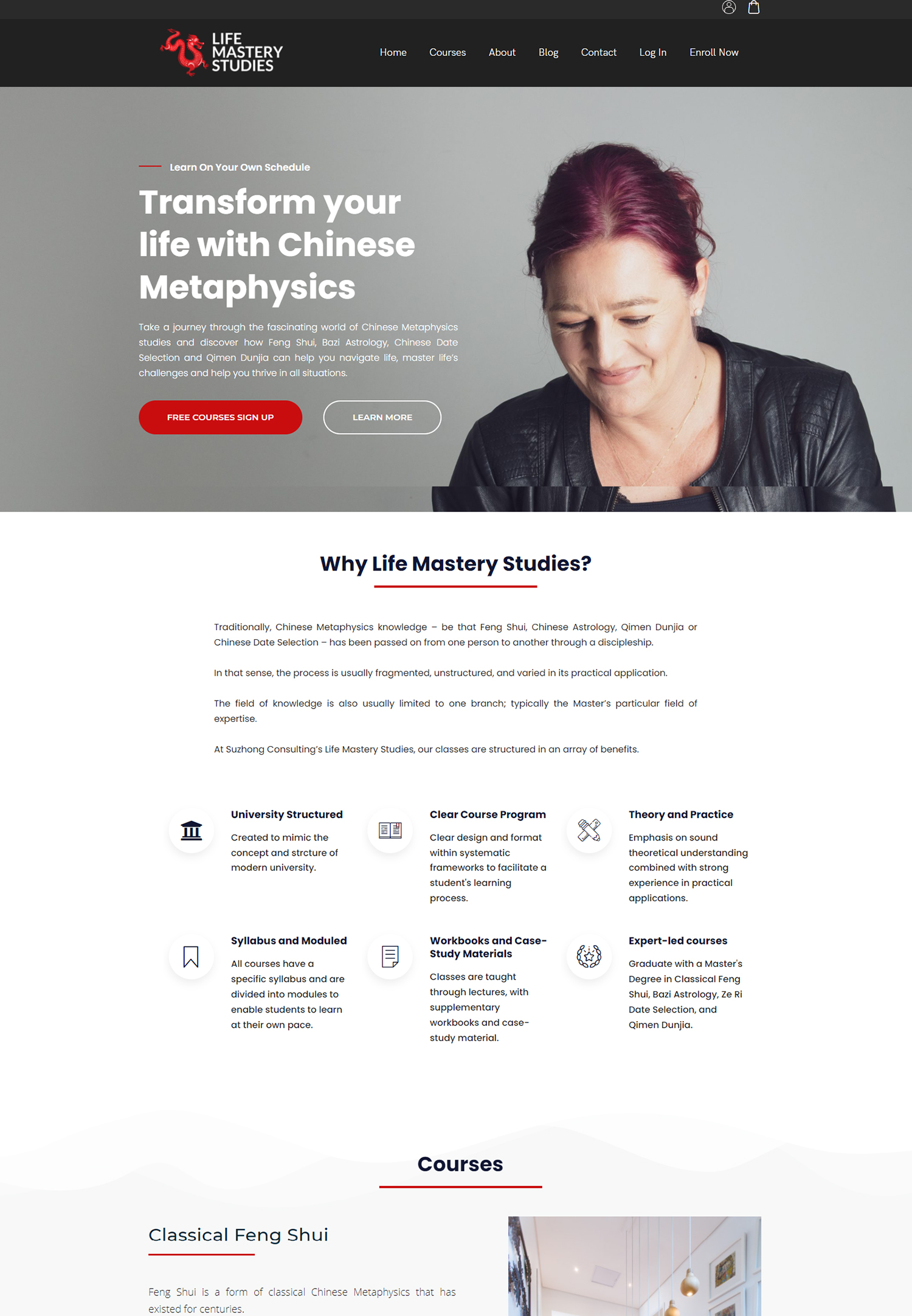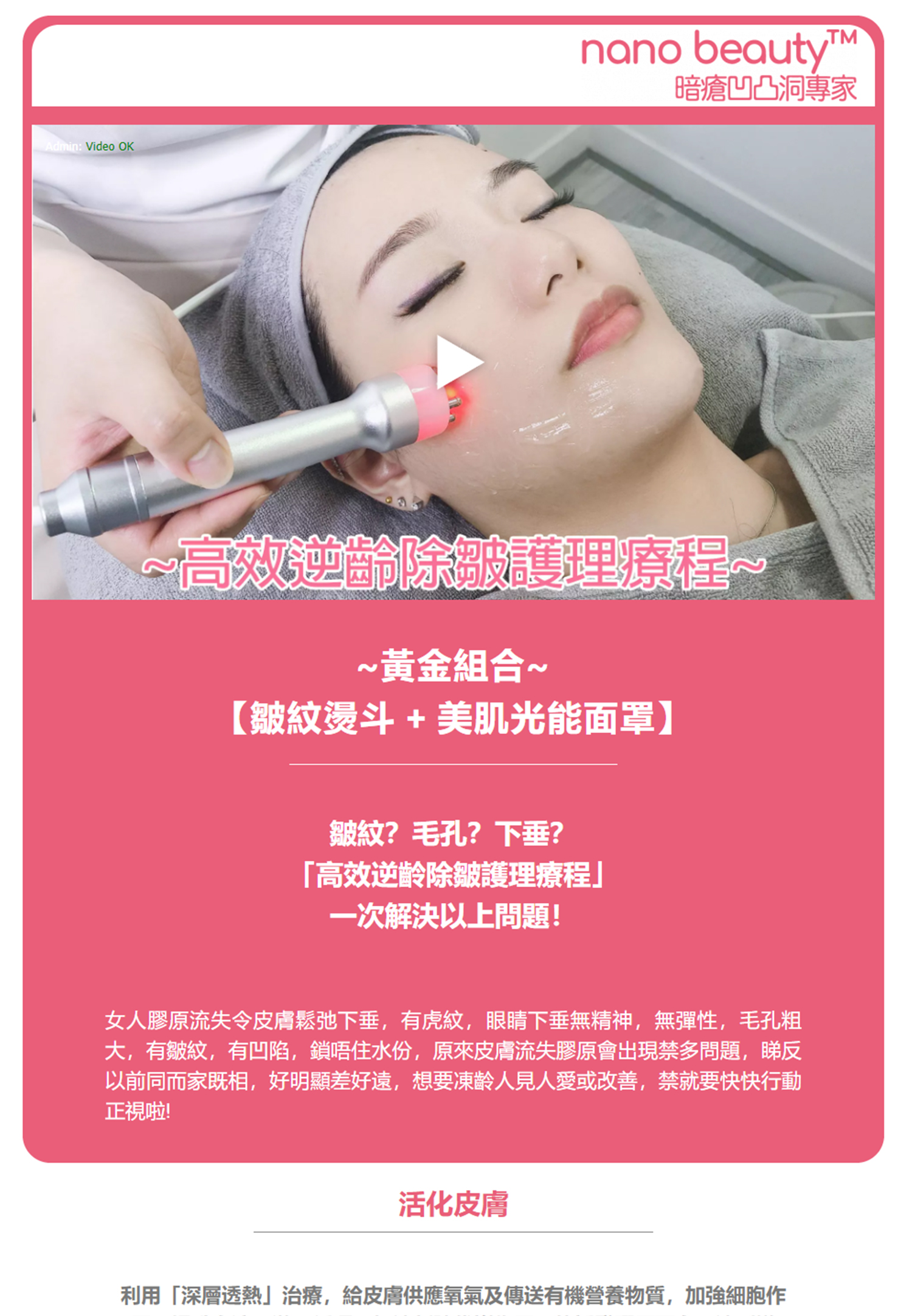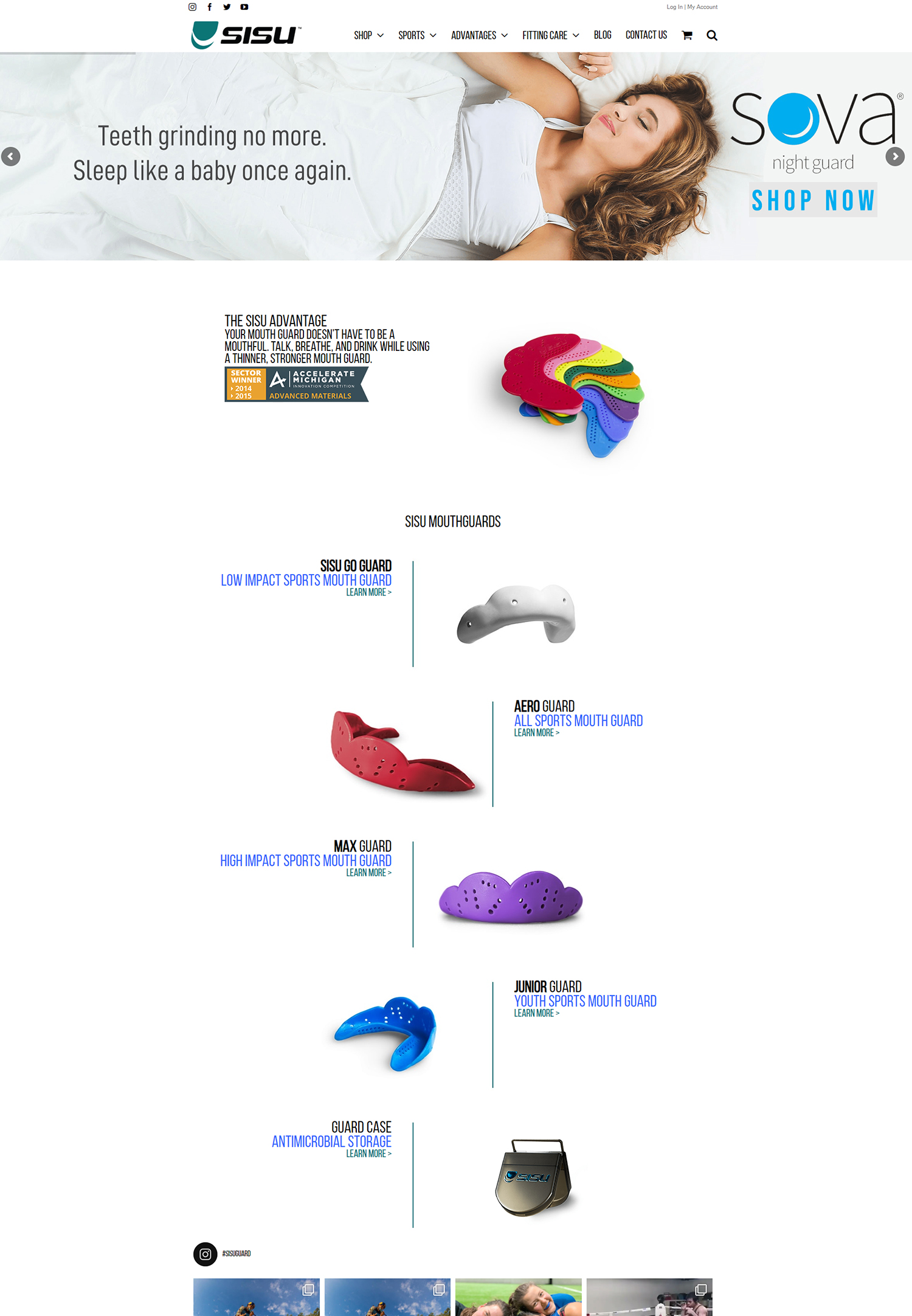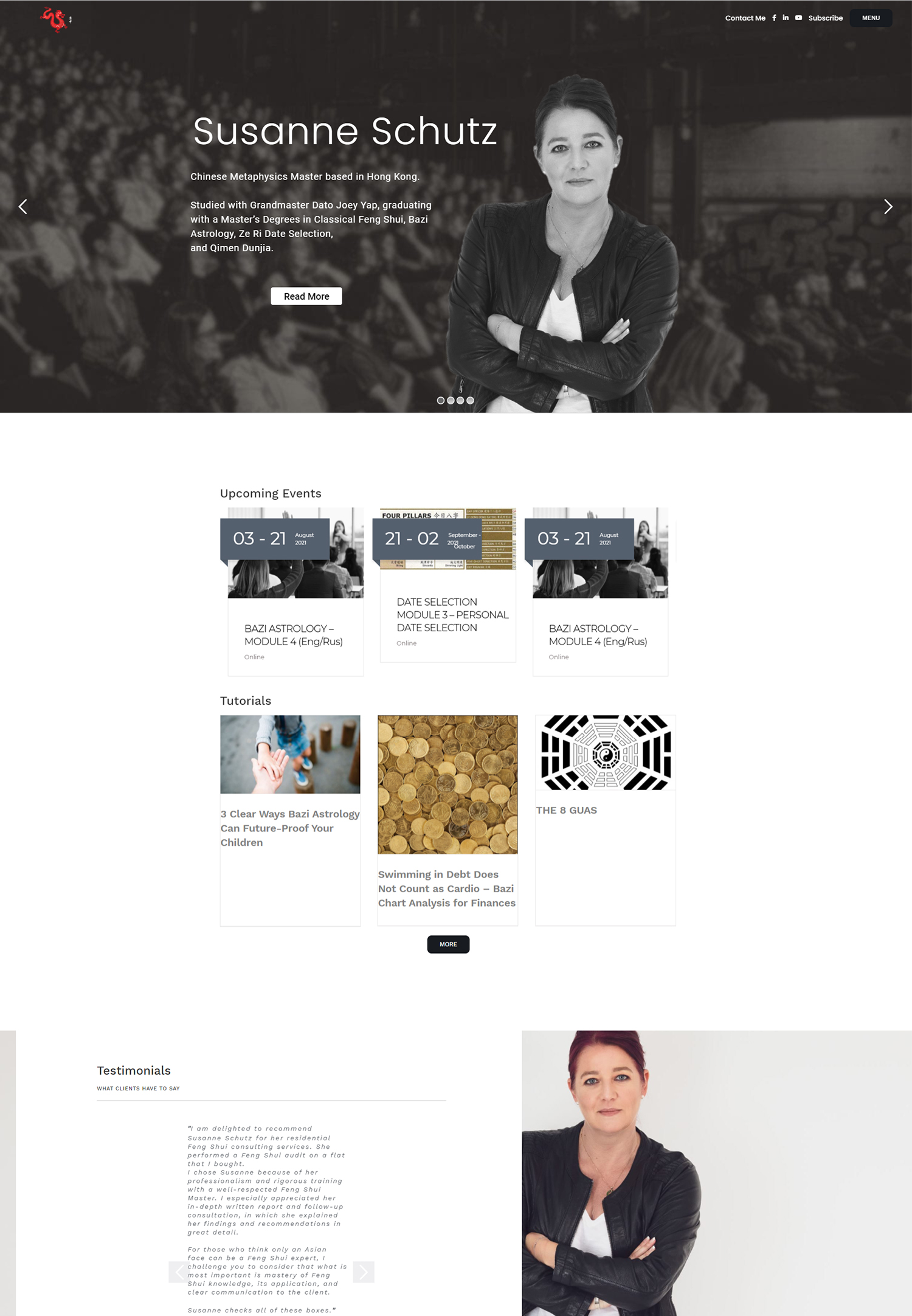In today’s digital world, Facebook has become an integral part of our lives. With over 2.8 billion monthly active users, it is the largest social media platform in the world. Facebook ads have become an essential tool for businesses to reach their target audience and promote their products or services. In this article, we will explore the importance of Facebook ads in today’s digital world and provide tips for creating successful ad campaigns.
The Importance of Facebook Ads in Today’s Digital World
Facebook’s user base and ad revenue speak volumes about the platform’s importance in the digital world. With billions of users, Facebook offers businesses a massive audience to target their ads. In 2020, Facebook generated over $84 billion in ad revenue, making it one of the most lucrative advertising platforms.
Using Facebook ads has numerous benefits for businesses. Firstly, it allows businesses to reach a highly targeted audience based on demographics, interests, and behaviors. This level of targeting ensures that your ads are seen by the right people who are more likely to be interested in your products or services.
Secondly, Facebook ads offer a cost-effective advertising solution compared to traditional forms of advertising. With options to set daily or lifetime budgets, businesses can control their ad spend and optimize their campaigns for maximum return on investment (ROI).
Understanding Your Target Audience for Effective Facebook Ads
Understanding your target audience is crucial for creating effective Facebook ads. By knowing who your ideal customers are, you can tailor your ads to resonate with them and increase the chances of conversion.
To research and understand your target audience, start by analyzing your existing customer base. Look for common characteristics such as age, gender, location, interests, and purchasing behavior. This data will give you insights into who your target audience is and what they are interested in.
You can also use Facebook’s Audience Insights tool to gain further insights into your target audience. This tool provides demographic and behavioral information about your audience, allowing you to refine your targeting and create more effective ads.
Choosing the Right Ad Format for Your Business Goals
Facebook offers a variety of ad formats to choose from, each with its own strengths and purposes. It’s important to choose the right ad format that aligns with your business goals and resonates with your target audience.
Some of the ad formats available on Facebook include image ads, video ads, carousel ads, and collection ads. Image ads are simple yet effective, allowing you to showcase a single image with a compelling headline and description. Video ads, on the other hand, can be more engaging and allow you to tell a story or demonstrate your product or service in action.
Carousel ads are great for showcasing multiple products or highlighting different features of a single product. They allow users to swipe through a series of images or videos, increasing engagement and click-through rates. Collection ads are ideal for e-commerce businesses as they allow users to browse and purchase products directly within the ad.
When choosing the right ad format, consider your business goals and the type of content that will resonate best with your target audience. Experiment with different formats to see which ones yield the best results for your campaigns.
Crafting Compelling Ad Copy and Visuals to Grab Attention
In today’s fast-paced digital world, grabbing attention is crucial for the success of your Facebook ads. To stand out from the competition, you need to create compelling ad copy and visuals that capture the attention of your target audience.
When crafting ad copy, keep it concise and compelling. Use clear and concise language to convey your message and highlight the benefits of your product or service. Use strong calls-to-action to encourage users to take action, whether it’s making a purchase, signing up for a newsletter, or visiting your website.
Visuals play a crucial role in grabbing attention on Facebook. Use high-quality images or videos that are visually appealing and relevant to your ad. Test different visuals to see which ones resonate best with your audience and drive the highest engagement.
Setting Up and Optimizing Your Facebook Ad Campaigns
Setting up a Facebook ad campaign involves several steps, but it’s relatively straightforward. Here is a step-by-step guide to help you get started:
1. Define your campaign objective: Determine what you want to achieve with your ad campaign, whether it’s brand awareness, lead generation, or conversions.
2. Set up your ad account: Create a Facebook Business Manager account and set up your ad account. This will allow you to manage and track your ad campaigns effectively.
3. Define your target audience: Use the audience insights gained from your research to define your target audience. Specify demographics, interests, and behaviors to ensure your ads reach the right people.
4. Choose your ad format: Select the ad format that aligns with your business goals and resonates with your target audience.
5. Set your budget and schedule: Determine how much you want to spend on your ad campaign and set a daily or lifetime budget. Choose the start and end dates for your campaign.
6. Create your ad: Craft compelling ad copy and visuals that grab attention and resonate with your target audience.
7. Monitor and optimize: Once your campaign is live, monitor its performance regularly. Make adjustments to targeting, ad copy, visuals, or budget as needed to optimize for better results.
Using Facebook’s Targeting Options to Reach the Right People
Facebook offers a wide range of targeting options to help you reach the right people with your ads. These options allow you to narrow down your audience based on demographics, interests, behaviors, and more.
Some of the targeting options available on Facebook include:
– Location targeting: Specify the geographic locations where you want your ads to be shown.
– Demographic targeting: Target users based on age, gender, language, education, and more.
– Interest targeting: Reach users who have expressed interest in specific topics, pages, or events.
– Behavior targeting: Target users based on their past behaviors, such as purchase history or device usage.
– Custom audience targeting: Upload your own customer list or website visitors to target them with your ads.
– Lookalike audience targeting: Reach new users who are similar to your existing customers or website visitors.
By using these targeting options effectively, you can ensure that your ads are seen by the right people who are more likely to be interested in your products or services.
Leveraging Custom Audiences and Lookalike Audiences for Better Results
Custom audiences and lookalike audiences are powerful tools that can help you improve the performance of your Facebook ads.
Custom audiences allow you to target specific groups of people based on their interactions with your business. You can create custom audiences using customer lists, website visitors, app users, or engagement with your Facebook page or Instagram profile. By targeting these custom audiences, you can reach people who are already familiar with your brand and more likely to convert.
Lookalike audiences, on the other hand, allow you to reach new users who are similar to your existing customers or website visitors. Facebook analyzes the characteristics of your custom audience and finds users who share similar traits. This helps you expand your reach and target new potential customers who are likely to be interested in your products or services.
To leverage custom audiences and lookalike audiences effectively, make sure to regularly update your customer lists and website visitor data. This will ensure that you are targeting the most relevant audience and maximizing the potential of these tools.
Measuring and Analyzing Your Facebook Ad Performance
Measuring and analyzing the performance of your Facebook ads is crucial for optimizing your campaigns and improving results. Facebook provides a range of ad metrics that can help you track the effectiveness of your ads.
Some of the key metrics to consider include:
– Reach: The number of unique users who saw your ad.
– Impressions: The total number of times your ad was shown.
– Click-through rate (CTR): The percentage of users who clicked on your ad after seeing it.
– Conversion rate: The percentage of users who completed a desired action, such as making a purchase or filling out a form.
– Cost per click (CPC): The average cost you pay for each click on your ad.
– Return on ad spend (ROAS): The revenue generated for every dollar spent on advertising.
By monitoring these metrics, you can identify which ads are performing well and which ones need improvement. Use this data to make informed decisions about targeting, ad copy, visuals, and budget allocation.
Tips for A/B Testing and Continuous Improvement of Your Ads
A/B testing is a valuable technique that can help you optimize your Facebook ads and improve their performance. By testing different variations of your ads, you can identify what works best for your target audience and make data-driven decisions.
When conducting A/B tests, make sure to test only one variable at a time. This could be the ad copy, visuals, targeting options, or even the call-to-action. Keep all other variables constant to accurately measure the impact of the tested variable.
Test different variations of your ads and compare their performance based on key metrics such as click-through rate, conversion rate, and return on ad spend. Use the insights gained from these tests to refine your ads and continuously improve their effectiveness.
Scaling Your Facebook Ad Campaigns for Maximum Reach and ROI
Once you have optimized your Facebook ad campaigns and achieved positive results, it’s time to scale them for maximum reach and return on investment.
To scale your campaigns effectively, consider the following tips:
1. Increase your budget gradually: Instead of making sudden large increases in your budget, gradually increase it over time. This allows you to monitor the impact of the increased budget and make adjustments as needed.
2. Expand your targeting: Consider expanding your target audience by using broader interests or demographics. This can help you reach new potential customers who may be interested in your products or services.
3. Test new ad formats: Experiment with different ad formats to see if they yield better results. For example, if you have been using image ads, try incorporating video ads or carousel ads into your campaigns.
4. Optimize for conversions: If your goal is to drive conversions, make sure to optimize your campaigns for this objective. Use Facebook’s conversion tracking and optimization tools to maximize your chances of achieving your desired outcomes.
5. Monitor performance closely: As you scale your campaigns, closely monitor their performance to ensure that the increased budget is generating the desired results. Make adjustments as needed to maintain a positive return on investment.
In today’s digital world, Facebook ads have become an essential tool for businesses to reach their target audience and promote their products or services. With billions of users and a wide range of targeting options, Facebook offers businesses a powerful platform to connect with their customers.
By understanding your target audience, choosing the right ad format, crafting compelling ad copy and visuals, setting up and optimizing your campaigns, leveraging targeting options and custom audiences, measuring and analyzing performance, conducting A/B tests, and scaling your campaigns effectively, you can create successful Facebook ad campaigns that drive results.
Remember to continuously monitor and refine your campaigns based on data-driven insights to ensure that you are maximizing the potential of Facebook ads for your business.
If you’re looking to boost your digital marketing efforts with Facebook ads, you’ll want to check out this informative article on “Google Ads and Facebook Ads: A Powerful Combination for Marketing Success.” This article explores how combining the reach and targeting capabilities of both platforms can help you maximize your advertising ROI. Learn how to create effective ad campaigns that drive traffic, generate leads, and increase conversions. Discover the benefits of using Google Ads and Facebook Ads together and gain valuable insights into optimizing your marketing strategy. Don’t miss out on this valuable resource! Read more here.
FAQs
What is digital marketing with Facebook ads?
Digital marketing with Facebook ads is a form of online advertising that allows businesses to promote their products or services on Facebook’s platform. It involves creating targeted ads that appear in users’ newsfeeds or on the right-hand side of the screen.
How does Facebook advertising work?
Facebook advertising works by allowing businesses to create ads that target specific audiences based on demographics, interests, behaviors, and more. Advertisers can choose from a variety of ad formats, including image ads, video ads, carousel ads, and more. They can also set a budget and bid for ad placement in Facebook’s ad auction.
What are the benefits of using Facebook ads for digital marketing?
Some benefits of using Facebook ads for digital marketing include the ability to reach a large and diverse audience, the ability to target specific demographics and interests, the ability to track and measure ad performance, and the ability to create engaging and interactive ad formats.
What are some best practices for creating effective Facebook ads?
Some best practices for creating effective Facebook ads include targeting specific audiences, using eye-catching visuals and messaging, testing different ad formats and messaging, and tracking and analyzing ad performance to make data-driven decisions.
How much does it cost to advertise on Facebook?
The cost of advertising on Facebook varies depending on factors such as the ad format, targeting options, and competition for ad placement. Advertisers can set a budget and bid for ad placement in Facebook’s ad auction, and the cost per click or impression will depend on the competition for that ad placement.
What are some common mistakes to avoid when using Facebook ads for digital marketing?
Some common mistakes to avoid when using Facebook ads for digital marketing include targeting too broad of an audience, using low-quality visuals or messaging, not testing different ad formats or messaging, and not tracking and analyzing ad performance to make data-driven decisions.



